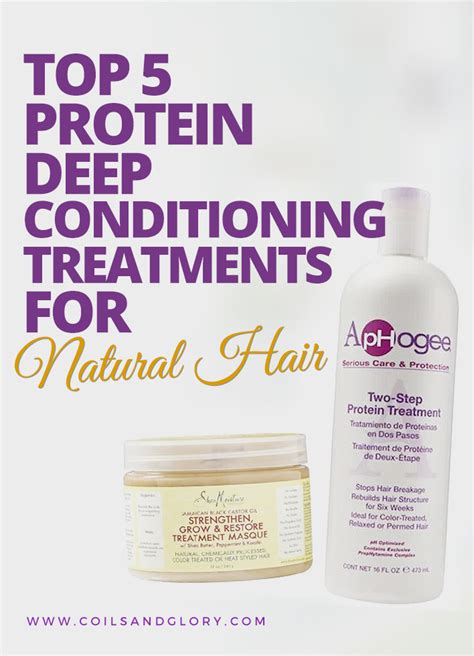Introduction
Protein hair therapy has emerged as a game-changer in haircare, addressing the needs of damaged, chemically treated, and naturally weak hair. It plays a crucial role in maintaining hair’s strength and health, making it a highly sought-after solution.

Why Protein Matters
Hair is primarily composed of a protein called keratin. When hair is damaged, this keratin breaks down, leading to weak, brittle, and lifeless strands. Protein hair therapy replenishes these lost proteins, strengthening and repairing hair from the inside out.
Benefits of Protein Hair Therapy
- Strengthened Hair: Bonds with existing keratin to reinforce hair shafts, making them less prone to breakage and damage.
- Improved Elasticity: Restores hair’s flexibility, preventing it from becoming dry and brittle.
- Reduced Frizz: Smoothes hair’s surface, taming flyaways and enhancing shine.
- Increased Hydration: Helps hair retain moisture, leaving it soft, supple, and healthy.
- Repair and Protection: Restores damaged hair and provides a protective barrier against future damage.
5-Step Protein Hair Therapy Regimen
Step 1: Assessment
Determine the extent of hair damage and choose a protein treatment suited to your hair type.
Step 2: Cleanse
Use a clarifying shampoo to remove dirt and buildup that may hinder protein absorption.
Step 3: Protein Mask
Apply a protein mask to damp hair according to the manufacturer’s instructions. Leave on for the recommended duration, typically 15-30 minutes.
Step 4: Rinse and Condition
Rinse the mask thoroughly and follow with a nourishing conditioner to replenish moisture and prevent dryness.
Step 5: Seal
Use a leave-in conditioner or hair oil to seal in the protein treatment and provide long-lasting benefits.
Effective Strategies
- Consistency: Treat hair with protein masks regularly, typically once or twice a week.
- Use Heat: Heat can enhance protein penetration into hair. Use a heat cap or blow dryer on a low setting for 10-15 minutes after applying the mask.
- DIY Options: Create homemade protein masks using ingredients like eggs, yogurt, or avocado.
- Professional Treatments: Visit a salon for stronger, salon-grade protein treatments that may offer deeper conditioning.
How Protein Hair Therapy Transforms Hair
Table 1: Hair Health Statistics
| Condition | Percentage of Population |
|---|---|
| Dry and Damaged | 52% |
| Thin and Breaking | 36% |
| Color-Treated | 70% |
Table 2: Benefits of Different Protein Sources
| Protein Source | Benefits |
|---|---|
| Keratin | Strengthens and repairs hair |
| Collagen | Improves elasticity and prevents breakage |
| Silk | Provides shine and reduces frizz |
| Soy | Nourishes and hydrates hair |
| Wheat | Protects hair from heat damage |
Table 3: Homemade Protein Mask Recipes
| Recipe | Ingredients |
|---|---|
| Egg Mask | 1 egg, 1 tablespoon olive oil |
| Yogurt Mask | 1/2 cup yogurt, 2 tablespoons honey |
| Avocado Mask | 1 ripe avocado, 1 tablespoon coconut oil |
Table 4: Professional Protein Treatments
| Treatment | Duration | Results |
|---|---|---|
| Brazilian Blowout | 3-4 hours | Smoothing and straightening |
| Keratin Treatment | 2-4 hours | Deep conditioning and frizz reduction |
| Bond Repair Treatment | 1-2 hours | Mends damaged hair bonds |
Conclusion
Protein hair therapy is an essential tool for restoring and maintaining healthy, vibrant hair. By incorporating protein-rich treatments into your haircare routine, you can transform weak and damaged hair into strong, lustrous, and manageable locks. Embrace the power of protein and witness the remarkable benefits it has to offer your hair.
